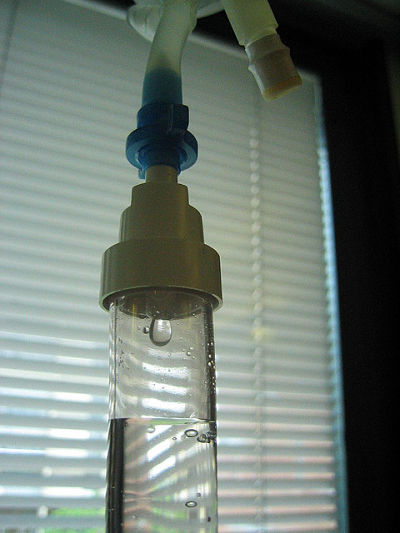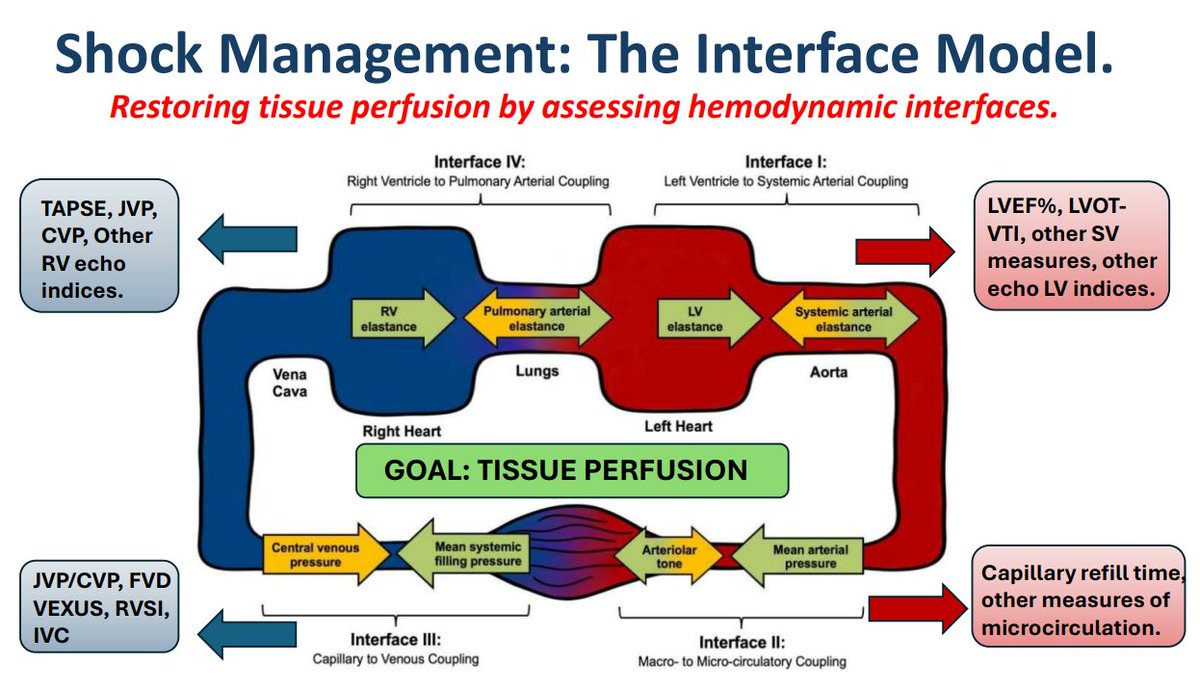Acute Kidney Injury (AKI) is a sudden decline in kidney function that develops over hours to days. While it can be classified into prerenal, postrenal, and intrarenal causes, intrarenal failure refers specifically to damage occurring within the kidneys themselves. This type of AKI is particularly significant because it usually involves direct injury to the kidney’s internal structures—such as the tubules, glomeruli, or interstitial tissue—and may lead to long-term loss of renal function if not properly managed.
What Is Intrarenal Failure?
Intrarenal failure is a form of AKI caused by direct injury to the kidney tissue. Unlike prerenal failure, which results from reduced blood flow to the kidneys, or postrenal failure, which results from obstruction beyond the kidneys, intrarenal failure stems from structural or inflammatory damage within the kidney.
This damage disrupts the kidney’s ability to filter blood, balance electrolytes, and excrete waste products—leading to serious systemic consequences.
Causes of Intrarenal Failure
There are three main categories of intrarenal injury:
1. Acute Tubular Necrosis (ATN)
ATN is the most common cause of intrarenal failure. It occurs when epithelial cells lining the renal tubules die due to:
-
Ischemia (often from prolonged prerenal failure)
-
Nephrotoxins (e.g., aminoglycosides, myoglobin, ethylene glycol, radiocontrast dyes, uric acid)
When tubular cells die, they slough into the lumen, forming casts that block urine flow and raise intratubular pressure. This reduces glomerular filtration rate (GFR), causing oliguria (low urine output), azotemia (elevated nitrogenous waste), hyperkalemia, and metabolic acidosis.
A hallmark finding: brown granular casts in urine.
2. Glomerulonephritis (GN)
Glomerulonephritis is inflammation of the glomeruli, typically due to immune complex deposition. This activates the complement system, attracting neutrophils and macrophages that damage glomerular structures.
As a result:
The Urea :Creatinine ratio falls below 15:1, reflecting reduced urea reabsorption.
3. Acute Interstitial Nephritis (AIN)
AIN involves inflammation of the interstitial tissue between tubules, often due to drug hypersensitivity (NSAIDs, penicillins, diuretics).
Typical features include:
If not promptly identified and the offending drug removed, AIN may progress to renal papillary necrosis, especially in conditions like sickle cell disease, diabetes, or chronic analgesic use.
Diagnosis and Laboratory Findings
Key lab markers in intrarenal failure include:
-
Urine :Creatinine ratio < 15:1
-
Urine sodium > 40 mEq/L
-
Fractional excretion of sodium (FENa) > 2%
-
Urine osmolality < 350 mOsm/kg
These reflect the kidney’s impaired ability to reabsorb sodium and concentrate urine.
Conclusion
Intrarenal failure represents a critical and often complex form of AKI that results from intrinsic damage to the kidney’s filtration and processing systems. Whether due to ischemic injury, toxic exposure, immune-mediated inflammation, or drug reactions, prompt diagnosis and intervention are essential. Understanding the specific patterns of injury helps guide management and can significantly improve outcomes—preserving long-term renal function and preventing chronic renal failure.










